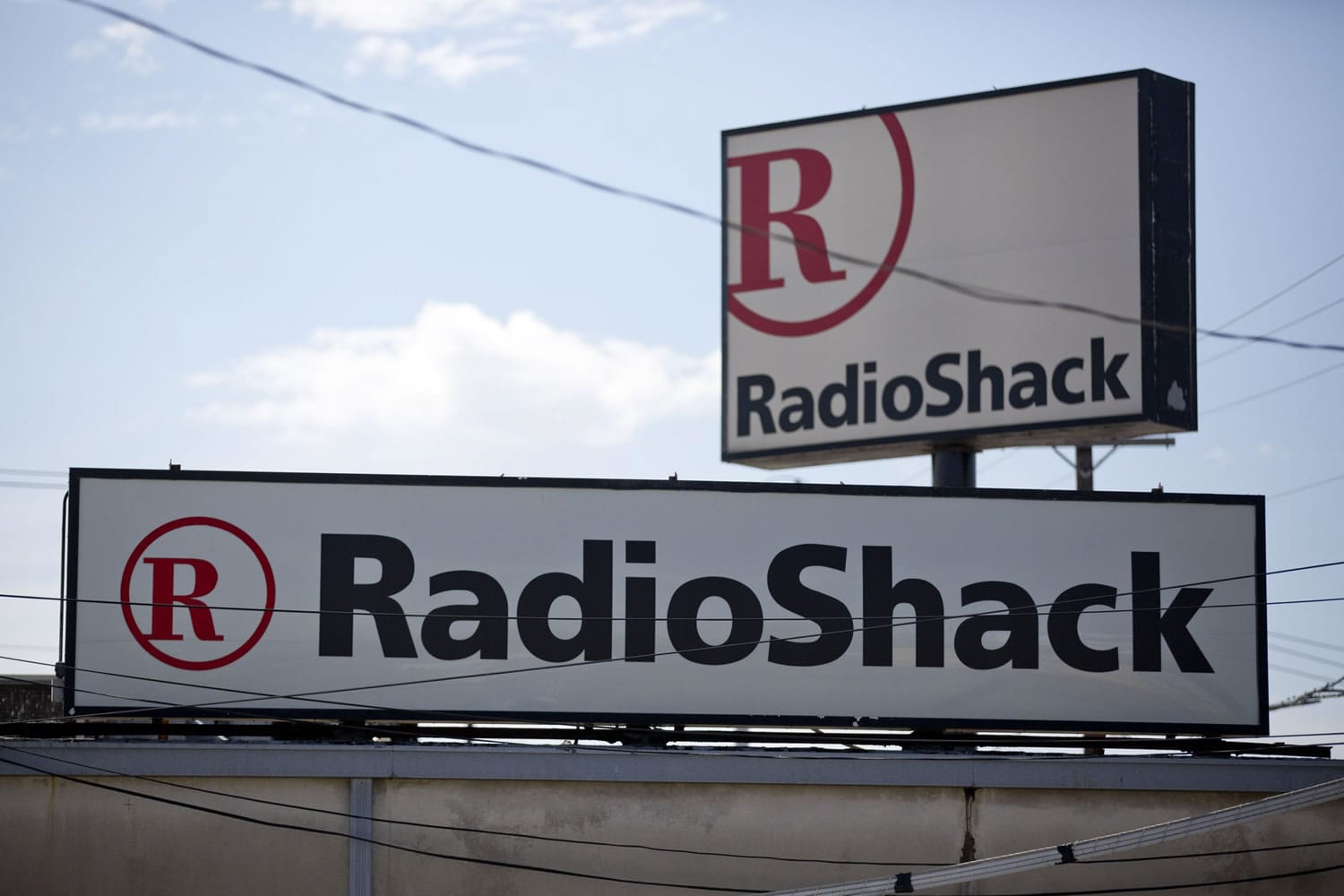The experts who keep track of store openings and closings have been forecasting for more than a decade that the day was coming when American retailers would have to pay for building way too many stores.
That day of reckoning, some say, has arrived, with one retail watcher predicting a “tsunami” of store closings this year.
That prediction, by Brian Sozzi of Belus Capital Advisors in New York, was made in January. Radio Shack announced this week that it was closing up to 1,100 of its stores, and Staples said Thursday it was shutting 225 of its locations.
Even retailers that recently have been in expansion mode are trimming their store counts. Teen retailer Aeropostale is planning to close 175 stores in coming years. The Children’s Place, while continuing to open stores, will shutter 125 of its weakest shops by 2016.



